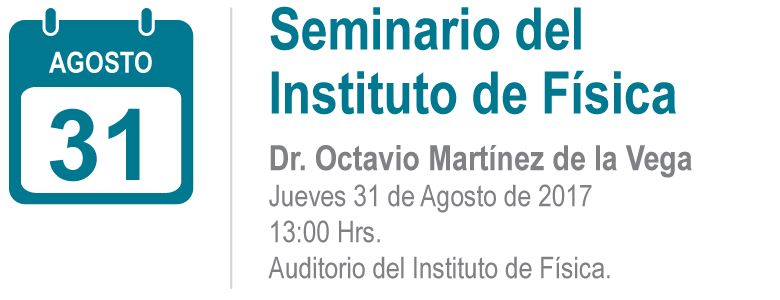
Procedencia: Laboratorio Nacional de Genómica para la Biodiversidad (Langebio)
/ Unidad de Genómica Avanzada, CINVESTAV.
Resumen:
I propose that the cell can be conceptualized as a fully parallel or concurrent
'computer', where DNA molecules contain only DATA to be read and interpreted by
other cell structures. This discards the metaphor of a 'genetic program in DNA',
and implies that the 'program' for cell development is intrinsically ingrained in the
molecular recognition of pairs of elements -as for example, transcription factors
binding DNA motifs. It is shown that, a priory, the synthesis and modifications in
cell structures can be represented by strings of binary operators, which result from
the co-evolution of individual components. The cell performs all functions in an
automatic way, without the need of a master sequential 'program' to direct
development. A result of this formalization is the mathematically recursive definition
of a 'Minimal Set of Preexisting Structures' (MSPS), which must exist at any point
for the cell to survive, change and eventually reproduce. In contrast with the
concept of 'minimal genome', the MSPS contains non-DNA structures, as for
example ribosomes and a particular group of enzymes, among other components.
This result also gives the precise conditions for the success of a genome
transplantation experiment, say, that the transplantation of an alien genome into a
receptor specie will be successful if, and only if, all the proteins and DNA motifs
coded in the alien genome that belong to the MSPS are compatible (able to
operate or be recognized) by the receptor cell; all elements that do not belong to
the MSPS are dispensable.










